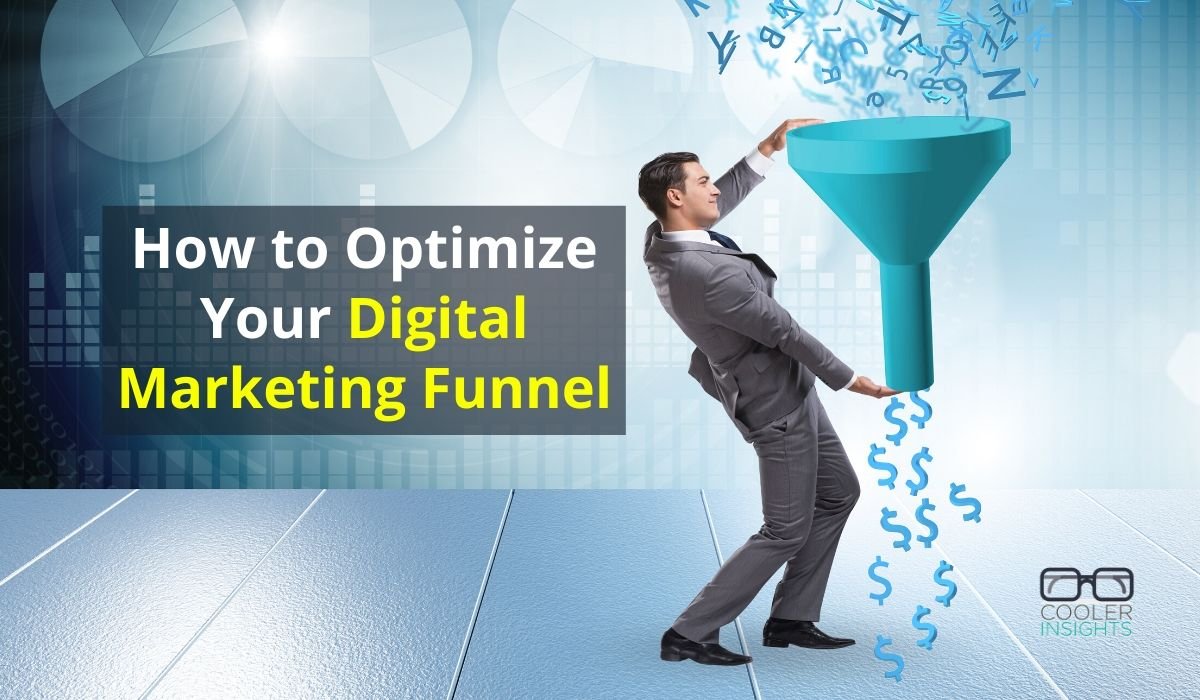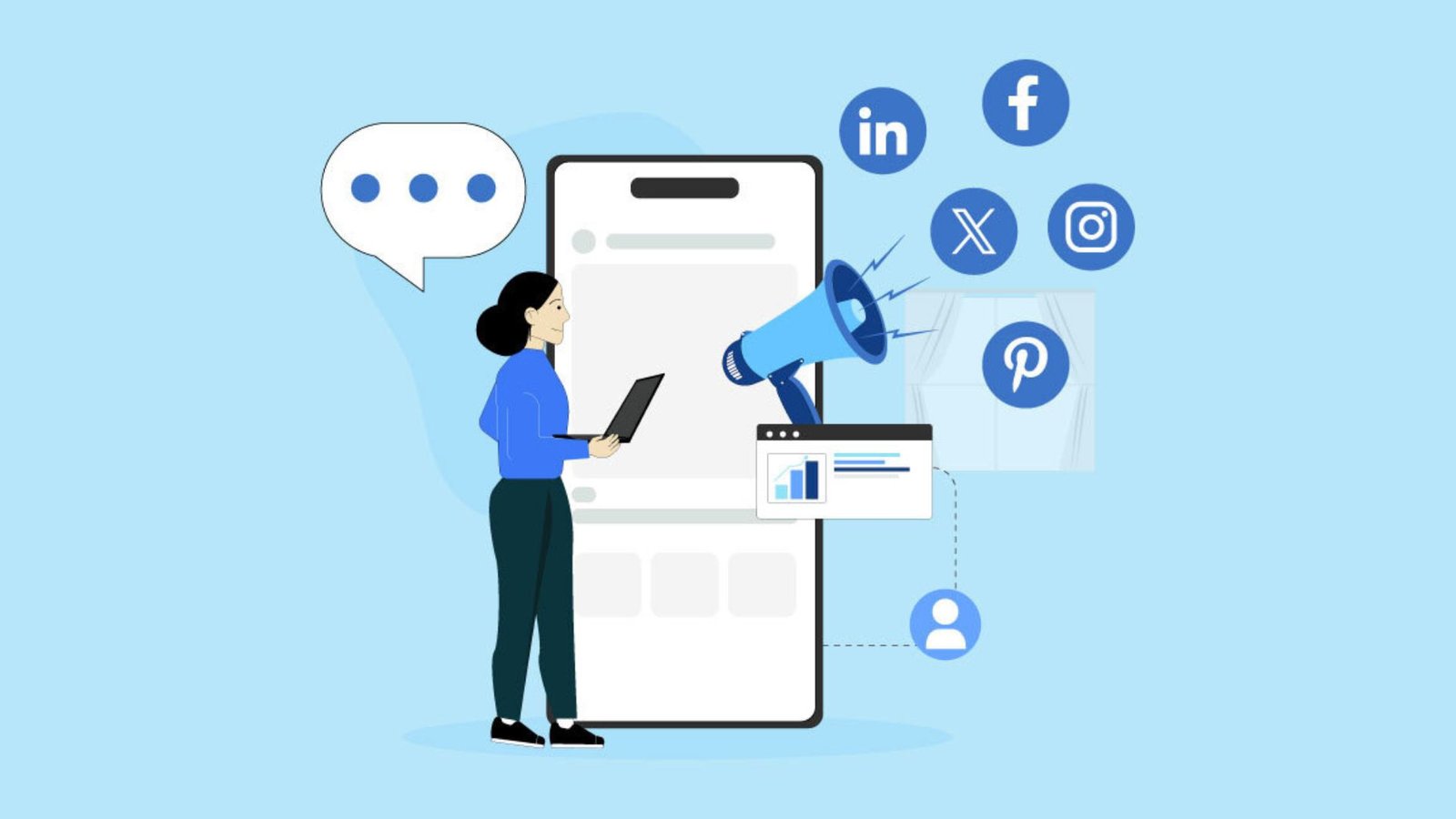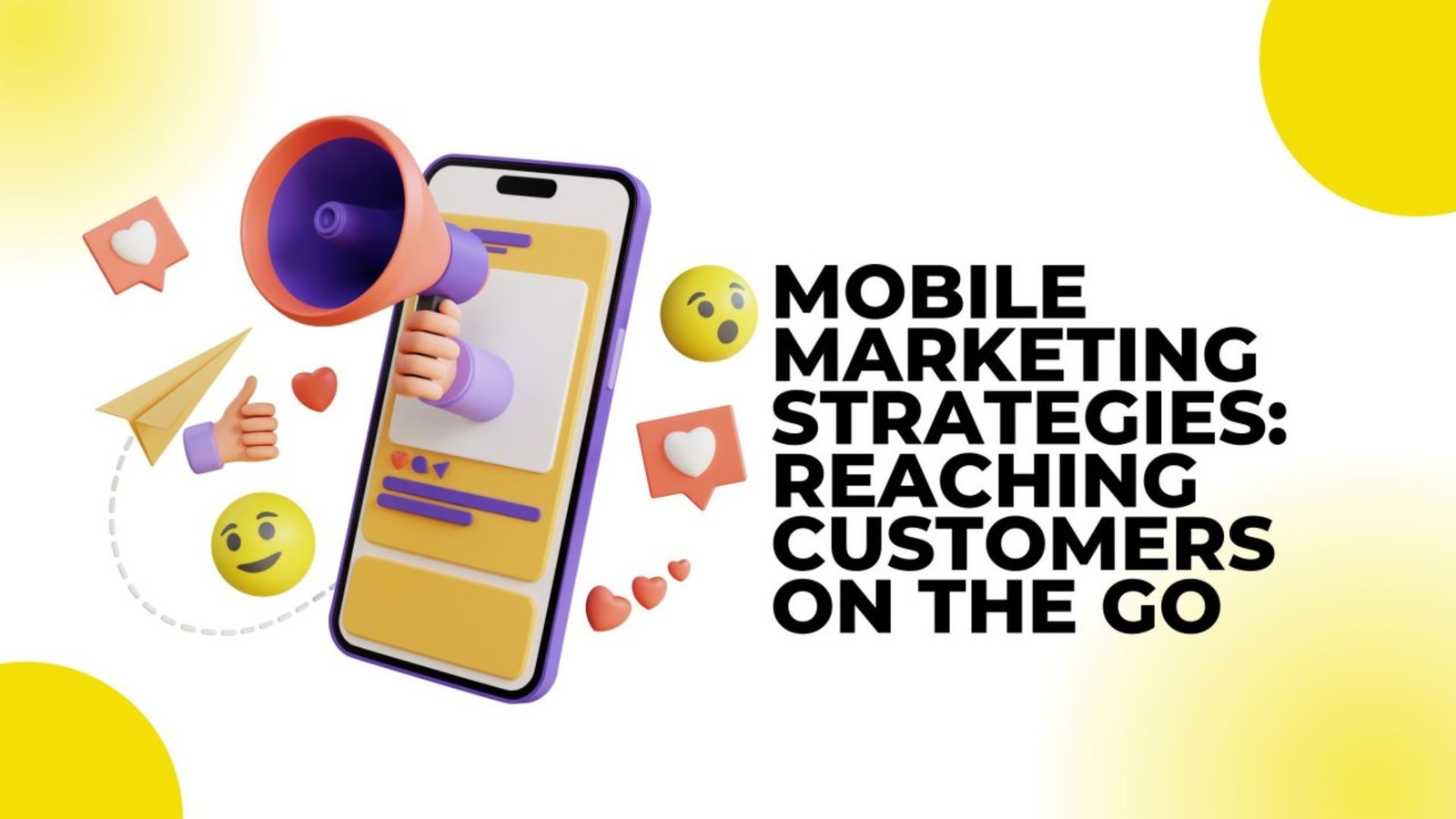Optimizing your digital marketing funnel is essential for converting leads into loyal customers. A well-optimized funnel guides potential customers through each stage of their journey, from awareness to decision-making. Here’s how to effectively optimize your digital marketing funnel to boost conversions and maximize ROI.

Understand the Stages of the Funnel
The digital marketing funnel typically consists of four stages: Awareness, Interest, Decision, and Action. Understanding each stage is crucial for tailoring your strategy.
- Awareness: Potential customers become aware of your brand.
- Interest: They show interest by engaging with your content.
- Decision: They consider your product or service and compare it with others.
- Action: They make a purchase or take the desired action.
Create Targeted Content for Each Stage
Content is the key to guiding leads through the funnel. Each stage requires different types of content to move prospects to the next step.
- Awareness Stage: Use blog posts, social media, and videos to introduce your brand and provide value. Focus on content that educates and informs without being overly promotional.
- Interest Stage: Offer more in-depth content, such as eBooks, webinars, and case studies, to build trust and deepen engagement. Highlight the benefits of your product or service.
- Decision Stage: Provide comparisons, customer testimonials, and detailed product information. Offer discounts or free trials to encourage conversions.
- Action Stage: Use clear calls-to-action (CTAs) and optimize your landing pages to make the purchasing process smooth and straightforward.
Optimize for SEO
Search engine optimization (SEO) is critical for driving traffic to the top of your funnel. Research relevant keywords and incorporate them naturally into your content. Optimize your website’s structure and loading speed to improve user experience and search engine rankings. Regularly update your content to keep it fresh and relevant, which can help maintain or improve your position in search results.
Use Retargeting Strategies
Not every lead will convert immediately. Retargeting allows you to re-engage visitors who have interacted with your brand but haven’t yet taken action. Use retargeting ads to remind them of the products they viewed, offer special deals, or provide additional content to nurture their interest. Retargeting keeps your brand top-of-mind and increases the chances of conversion.
Implement Marketing Automation
Marketing automation streamlines your funnel by automating repetitive tasks and ensuring timely communication with leads. Use automation tools to send personalized emails, trigger follow-up actions based on user behavior, and segment your audience. For example, if a lead downloads an eBook, automatically send them a follow-up email with related content. Automation helps maintain consistent engagement and moves leads through the funnel more efficiently.
Analyze and Optimize Conversion Rates
Regularly analyze the performance of each funnel stage to identify areas for improvement. Use tools like Google Analytics to track key metrics such as conversion rates, bounce rates, and time spent on page. A/B test different elements of your funnel, such as CTAs, landing page designs, and email subject lines, to determine what works best. Optimization should be an ongoing process, with continuous adjustments based on data-driven insights.
Improve User Experience (UX)
A seamless user experience is vital for keeping leads engaged throughout the funnel. Ensure that your website is easy to navigate, mobile-friendly, and fast-loading. Simplify the checkout process by reducing the number of steps required to make a purchase. Use clear and concise messaging, and eliminate any potential barriers that might cause users to abandon the process. A positive UX increases the likelihood of conversion at each stage of the funnel.
Leverage Social Proof
Social proof, such as customer reviews, testimonials, and case studies, plays a crucial role in the decision-making stage. Highlight positive feedback on your website and in your marketing materials. Encourage satisfied customers to leave reviews and share their experiences on social media. Social proof builds credibility and reassures potential customers that they are making the right choice.
Nurture Leads with Email Marketing
Email marketing is an effective tool for nurturing leads through the funnel. Send targeted emails based on where the lead is in the funnel. For example, if a lead is in the interest stage, send them educational content that answers common questions. If they’re in the decision stage, offer a discount or a free trial to encourage them to take action. Regularly engage with your email list to keep your brand top-of-mind and nurture leads towards conversion.
Measure Success and Refine Your Strategy
Finally, consistently measure the success of your digital marketing funnel. Set clear goals for each stage and track your progress using analytics tools. Identify any drop-off points where leads are not progressing and refine your strategy accordingly. Regularly review and adjust your funnel based on performance data to ensure it continues to drive results.
In conclusion, optimizing your digital marketing funnel requires a deep understanding of each stage, targeted content, and continuous analysis. By implementing these strategies, you can effectively guide leads through the funnel, improve conversion rates, and achieve your marketing goals.











